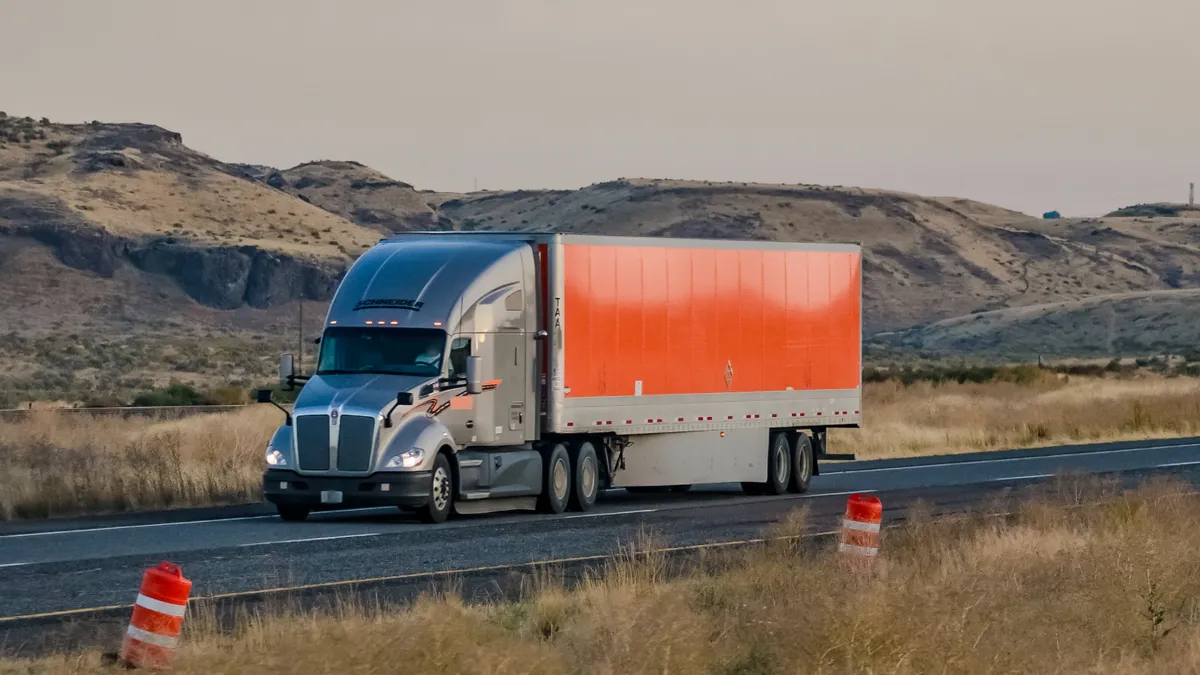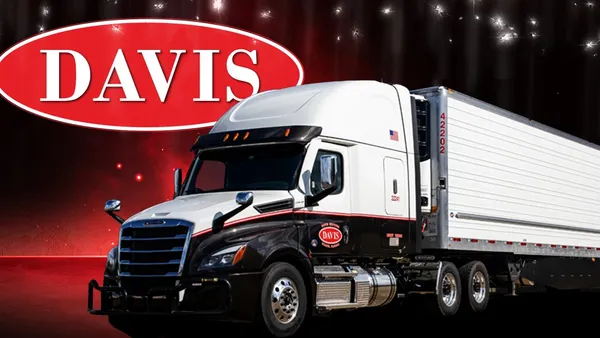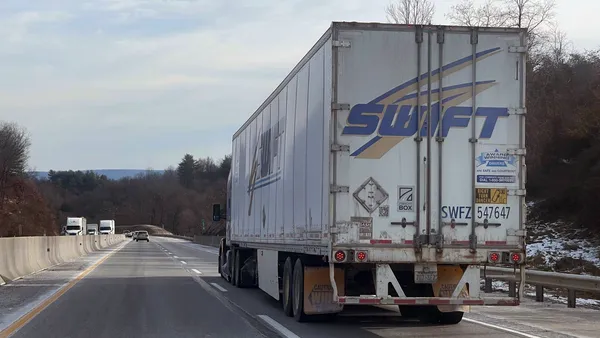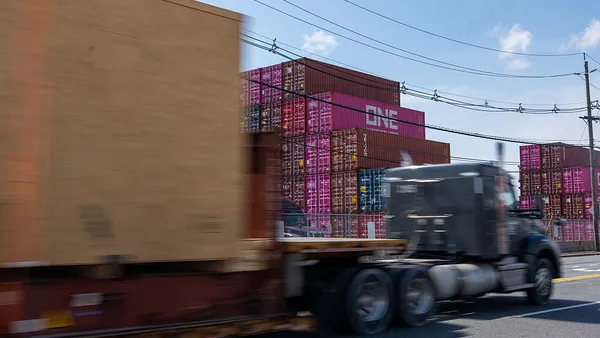Dive Brief:
- Schneider National’s dedicated fleet increased by 4% year over year to 6,617 trucks on average in Q3 thanks to new business, the company reported Wednesday.
- Resilience in the dedicated business helped hold the carrier’s truckload operating ratio to 95.5%, offsetting declines in volume in its one-way service.
- “Overall, our account churn is down 50% from 2023 levels,” President and CEO Mark Rourke said, referring to dedicated on an earnings call, “and we expect this high-level retention to continue in 2025.”
Dive Insight:
Compared to the start of Q3, Schneider’s dedicated business accelerated toward the end of the quarter, and that momentum did not capture some projects delayed into 2025, the company said.
“While the exact start-up timing for these awards is to be determined, our new business pipeline is strong with several meaningful opportunities in their latter stages,” Rourke said.
Schneider’s dedicated business has grown by 9% on average since its 2017 initial public offering through organic growth and acquisitions, he added.
Still, TL revenues, excluding fuel surcharges, decreased by 1% to $532 million YoY for the quarter, amid market challenges with its one-way business.
In one-way, average trucks dropped by 12% YoY to 3,780 in the quarter. But revenue per truck, excluding a fuel surcharge, increased.
That revenue per truck uptick came with capacity “steadily exiting” and truck lending sources suggesting that defaults and repossessions are “growing and in some cases rivaling the financial crisis levels from 2008 and 2009,” Rourke said.
Carriers such as Schneider and Werner Enterprises have lessened exposure to spot market volatility by leaning into more stable routes. Nebraska-based Werner expressed willingness in February to increase its dedicated fleet from 65% of its truckload business up to 70%, thereby reducing its use of one-way trucks.
Schneider also hopes to raise its dedicated truck distribution. Its recent makeup consisted of 64% of such trucks.
“We're continuing to look at both organic with a very strong pipeline and inorganic opportunities to continue that,” Rourke said.













